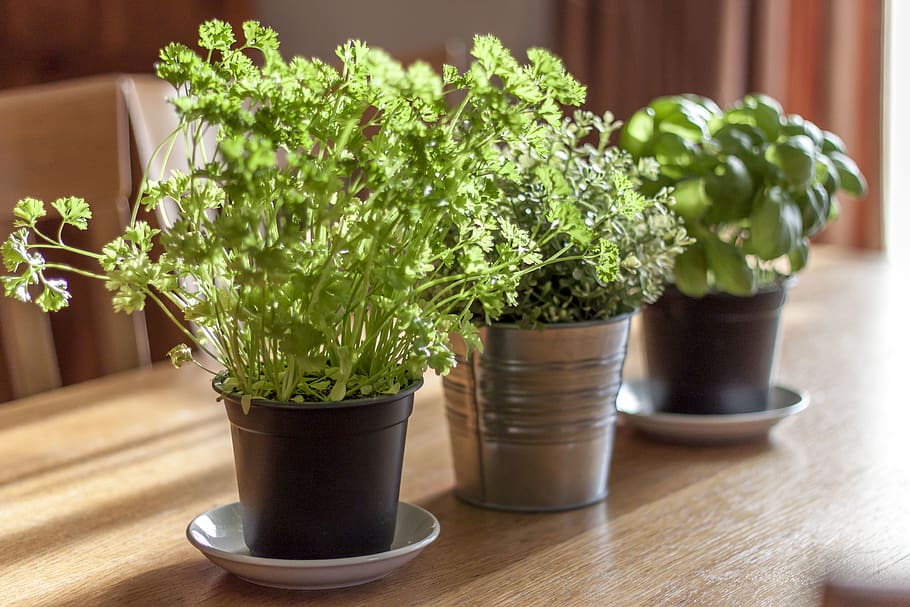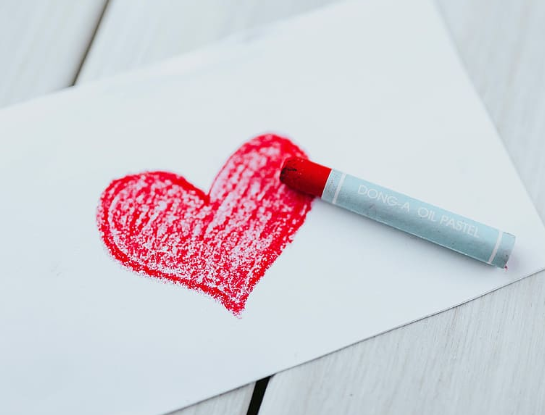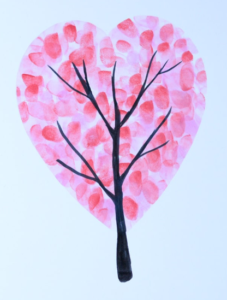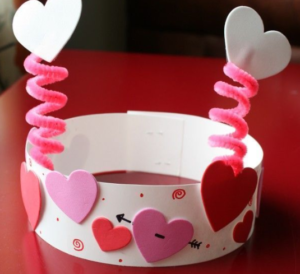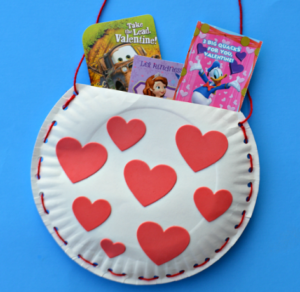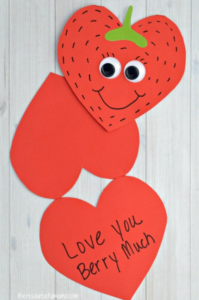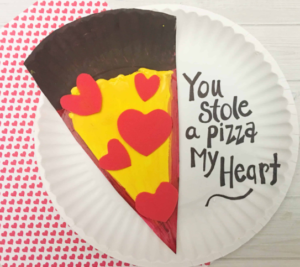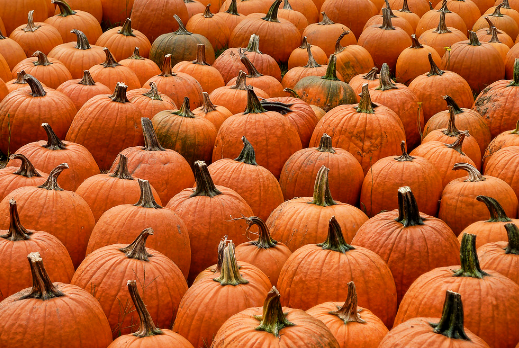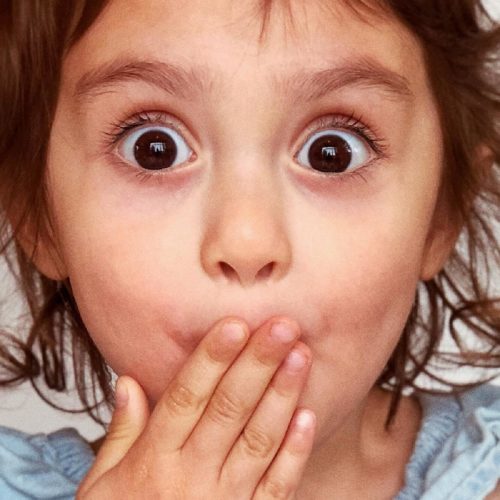
With all that is going on outside the home these days, my family has been cooped up for a while. We’ve done a few fun family indoor activities to keep things interesting and my son, Grizzly Bear, wanted to share one with you! Magic tricks!
Grizzly Bear has always loved magic. The first time we saw the movie Onward, he ran outside to grab a stick, called it a splinter, and asked me to say the magic words to turn it into a wizards staff. It was a heartbreaking moment to see his little chest fall with disappointment when nothing happened. So, since then, he occasionally comes up with his own magic tricks and puts on a show for us. This week, I had a chance to help him out. I looked up a few tricks for tots and we did the show together! These are the fun magic tricks we learned and they are easy for kids to do!
The Disappearing Penny
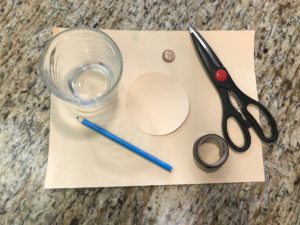
This one got me good, and got my husband too! It’s very easy for kids to do and even my three year old Polar Bear tricked his Dad. An old penny is made to disappear under a magic cup then reappear at will! My husband’s voice got all pitchy, his eyes widened, and he demanded Polar Bear show him the trick. Curious? Here’s how to do it.
The Materials:
- Two pieces of construction paper, the same colour
- A glass
- A pencil
- Scissors
- Tape
- A penny
The Prep:
Turn the cup upside down and use it to draw a circle on one piece of construction paper. Cut the circle out and tape it to the opening of the cup.
The Trick:
On the second piece of construction paper, put the penny on one side and the cup on the other. Show your audience the penny as it disappears under the cup you slowly slide over top of it. Then make the penny reappear again. Magic!
The Magic Scarf
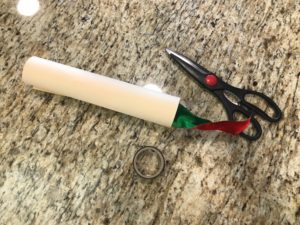
This one is cute and easy too! Grizzly Bear uses a paper telescope to show the audience nothing is there but paper, then he makes a scarf (we used Christmas ribbon) to appear out of thin air! Want to know the secret?
The Materials:
- A piece of construction paper
- Tape
- Scarf or ribbon
The Prep:
Roll the paper into a cylinder making it very tight on one side and leaving a gap on the other side. Stuff the scarf or ribbon into the gap.
The Trick:
Show the audience the telescope by looking through it at them. They can see there’s nothing inside. Then pull out the scarf or ribbon from the other side. Tah-dah!
The Vanishing Crayons
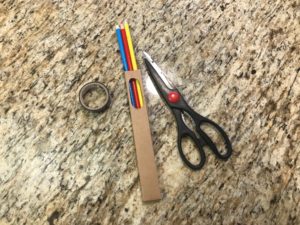
This one takes some nimble fingers but Grizzly Bear got it after a few tries. Crayons are shown in their box to the audience, then the box is flipped and the crayons vanish! It was very cute to watch him confuse his brother. Polar Bear had the most adorable look on his face trying to figure it out!
The Materials:
- A small box of crayons (four pack)
- A knife
- Scissors
- Tape
The Prep:
Cut a square hole in the crayon box to show the audience the crayons inside. This step isn’t required if your box already has a hole. Use the knife to cut the crayons in half and tape the top halves together so it still looks like a normal box of crayons to the audience but the bottom half of the box is empty.
The Trick:
When showing the crayons to the audience, apply pressure to the crayons in the box so the audience can see them through the hole. Then flip the box, toot some magic mumbo-jumbo, and poof! The crayons vanish!
My Shy Friend
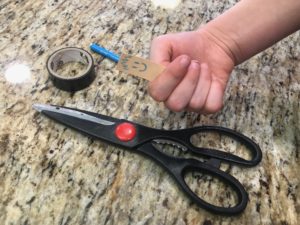
This one was by far my Grizzly Bear’s favourite magic trick! He loved his new friend and couldn’t stop giggling when he disappeared. After the show was over, he even followed my husband around while he did the dishes, showing him the little paper friend he had one second, and the next was gone! Need to know how?
The Material:
- Paper
- A crayon
- Scissors
- Tape
The Prep:
Cut a small piece of paper out, the width of your child’s finger and as long as a toothpick. Colour on a little smiley face on one side. Tape the bottom side to your child’s thumbnail.
The Trick:
As your child makes a fist with their hand, with the thumb on the inside of the fist, the friend is smiling at the audience. When the child’s hand opens, the friend disappears! He was inspirational, and my son even made it sound like the friend was shy. Adorable!
The Magic is in You!
I really hope you and your little one get a chance to try some of these out! Even in the familiarity of my own living room, I felt like I was laughing with a crowd in a big circus tent! But don’t forget, the magic is in you! Even though my children were the stars of our little magic show, I couldn’t help but feel the audience (me and my husband) were the magic in their eyes. When your child “gets up on stage,” be sure to give them your attention, be inspired by their talents, be amazed at their tricks, and laugh with them. Magic isn’t magic if there’s no one to share it with!







